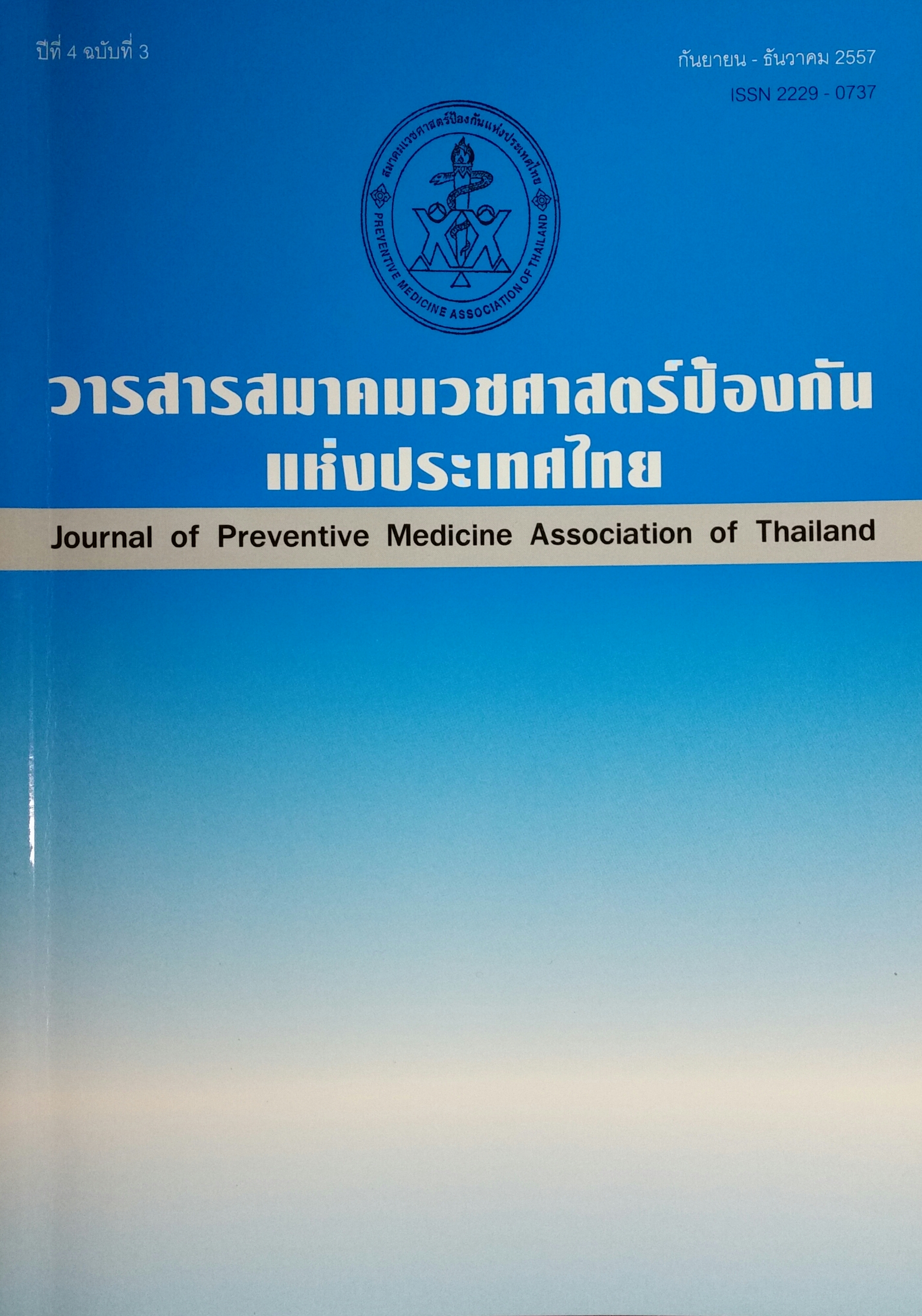Orthodontic Treatment in Adult with Anterior Crossbite : Case Report
Abstract
Anterior crossbite in Class III malocclusion is frequently found. Incidence of Class III malocclusion in Asia is much more than in Europe or America. A 27 years old Thai female came with anterior crossbite problem at right upper lateral incisor. Patient has straight facial profile. Diagnosis from lateral cephalometric analysis is mild Class III skeletal relationship (ANB=0). Space discrepancies are 3 and 4.5 mm. in maxilla and mandible, respectively. Molar relationships are right Class I and left Class III relationship. Orthodontic treatment plan is non-extraction. Treatment time is 12 months only. Treatment outcome is better occlusion, no change in facial profile and more beautiful smile. Prognosis of correction anterior crossbite in this case is good.
References
2. Troy BA et al. Comparison of incisor inclination in patients with Class III malocclusion treated with orthognathic surgery or orthodontic camouflage. Am J OrthodDentofacialOrthop 2009;135:146. e1-146.e9.
3. Uslu O andAkcam MO. Evaluation of long-term satisfaction with orthodontic treatment for skeletal class III individuals. Journal of Oral Science 2007;49:31-39.
4. Nanda and Burstone (1993) : Retention and Stability in Orthodontics Chapter 8.
5. Melrose C and Millett DT. Toward a perspective on Orthodontic retention? Am J Orthod Dentofacial Orthop;113:507-14.
6. Bishara SE, Chadha JM, Potter RB. Stability of intercanine width, overbite and overjet correction. Am J OrthodDentofacialOrthop 1973;63:588-95.
Downloads
Published
How to Cite
Issue
Section
License
บทความที่ลงพิมพ์ในวารสารเวชศาสตร์ป้องกันแห่งประเทศไทย ถือเป็นผลงานวิชาการ งานวิจัย วิเคราะห์ วิจารณ์ เป็นความเห็นส่วนตัวของผู้นิพนธ์ กองบรรณาธิการไม่จำเป็นต้องเห็นด้วยเสมอไปและผู้นิพนธ์จะต้องรับผิดชอบต่อบทความของตนเอง






